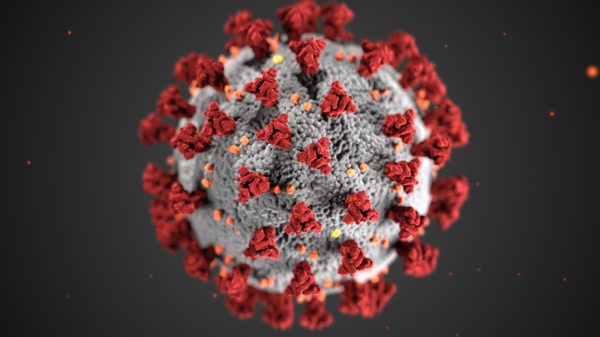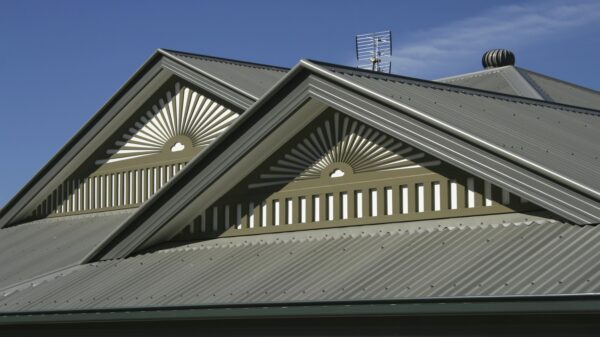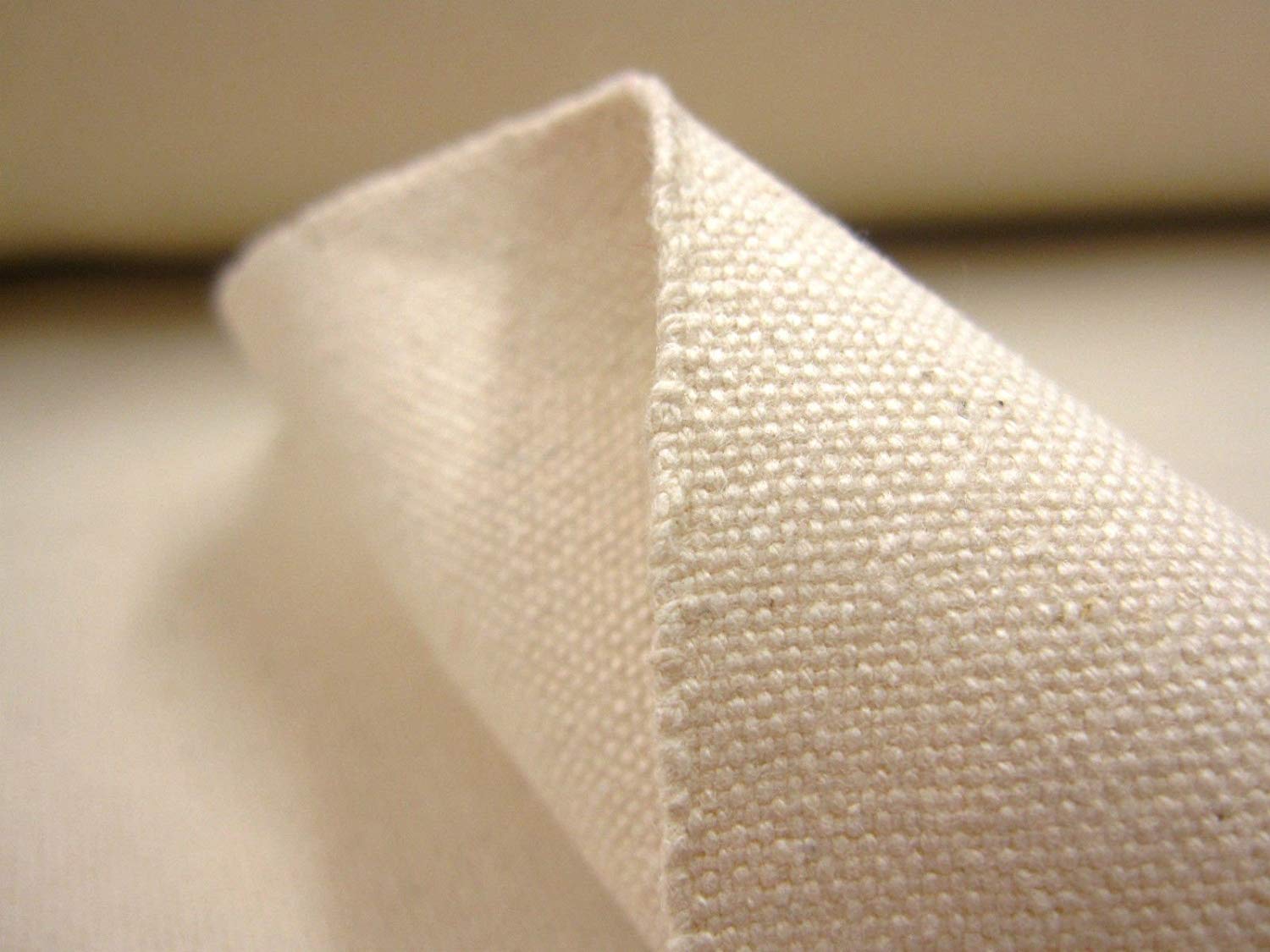Are you looking to pick up painting as a hobby or a profession and thinking about using duck cotton as a medium? The latter is a popular choice of material for most newbie painters that want something affordable and readily accessible.
That said, it is necessary to learn a few things about working with such material including its characteristics, advantages and surface preparations. Only then can you expect good results out of your painting projects.
What exactly is duck cotton canvas?
If you’re going to opt for duck cotton for your art canvas supplies, then it’s essential to know just what to expect. The latter is indeed an economical choice of material for newbie painters. While duck cotton isn’t nearly as strong and durable as line, it offers a set of qualities that makes it a preferred canvas among most budding artists. Priming can help colours stand out and provide a smooth surface for acrylic and oil-based paints to cling on. Priming also makes duck canvas easier to work with as it enables smooth and even brushes strokes as compared to the naked canvas.
As you may already know, cotton canvas is made from the soft and fluffy fibres of the cotton plant. It is a breathable textile that is extensively used in numerous markets. In the context of painting, it is a popular option among novices and master painters alike. As mentioned earlier, the primary advantages of using duck cotton as a painting medium are its low price point and good stretch quality. For this reason, it’s a popular choice for painters working with oil and acrylic paint.
If you’re working on a small to mid-sized painting project and looking to save cost wherever you can, then duck cotton can be the right choice of medium. Duck canvas is not recommended for large paintings due to its’ stretch and low tensile strength. advantages and surface preparations. Only then can you expect good results out of your painting projects.
Priming duck cotton
While Cotton canvas isn’t durable by itself, there are ways to get around this limitation. If primed properly, duck canvas can last nearly as long as linen. So how do you go about priming cotton canvas?
As you might imagine, priming describes the process of preparing a canvas for painting. Priming can help colours stand out and provide a smooth surface for acrylic and oil-based paints to cling on. Priming also makes duck canvas easier to work with as it enables smooth and even brushes strokes as compared to the naked canvas.
While priming isn’t necessary per-see, using oil in unprimed duck cotton will leave patches on the surface of the canvas. The oil element in painting, as it is more substantial, will sink into the canvas. Using acrylic in primed duck cloth material is advised as it offers a robust and smooth foundation for your work. As mentioned earlier, the primary advantages of using duck cotton as a painting medium are its low price point and good stretch quality. For this reason, it’s a popular choice for painters working with oil and acrylic paint.
To prime duck cotton, you’ll need at least two layers of prime paint like Gesso and Liquitex for best results. You’ll likewise need to size the canvas properly, which includes the application of rabbit skin glue. Doing so will help fill the pores of the duck cloth with the glutinous product (any PVA type glue will do).
Proper priming and sizing of duck canvas before use will help prevent fluids from leaking through the medium. It will likewise help stiffen the material and make it easier to work with.































































You must be logged in to post a comment Login